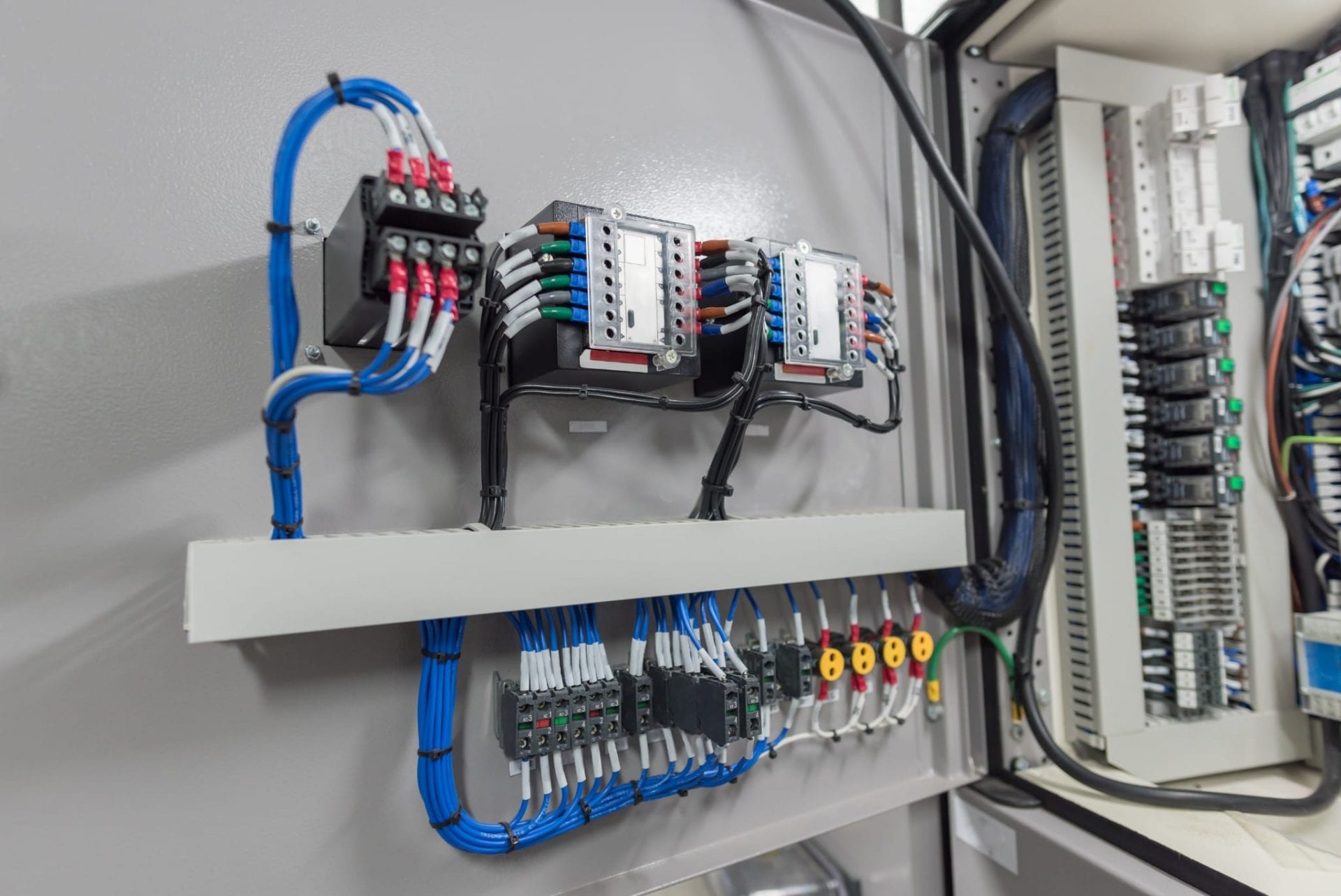The Fundamentals of Electrical Wiring: An Amateur's Guide

Electrical wiring is an essential element of every home and understanding it is essential for every homeowner. It is not just important in ensuring the proper functioning of your home, but it is also critical to ensure your safety. In this article, we will examine the fundamentals of electrical wiring and the importance of safety, and the benefits having an accredited residential electrician for all your electrical wiring requirements.
Understanding the basics of electrical wiring
Wiring for electrical purposes is the network of electrical conductors which run throughout your home, providing electrical power to your appliances as well as lighting fixtures. It works by forming electrical circuits that connect your sources of power to your devices. Circuits for electrical power are comprised of switches, wires, and other electrical components that work together to create a safe and efficient electrical system. There are various kinds of electrical wiring. These include aluminum, copper, as well as wire insulation types such as PVC, rubber, or paper.
Preparation and Planning for Electrical Wiring
When installing new electrical wiring, there are many aspects to take into consideration, such as the kind of wiring you require, the power capacity of your electrical system and the power requirements you require. In addition, it is essential to know about electrical wiring regulations and permits that are required in your region. In order to prepare your electrical wiring system, design an electrical plan and assess your electrical needs. This will ensure that your electrical system is secure efficient, reliable, and meets your power requirements.
Materials and Tools Required for electrical wiring
When installing new electrical wiring it is essential to have the right materials and tools on hand. Essential tools include wire cutters, strippers, pliers, and the voltage tester. Other materials needed to conduct electrical wiring include wire nuts, electrical tape, conduit, along with electrical boxes. It’s also beneficial to be equipped with a wiring diagram to help you with the process of installing.
Step-by-Step Guide to Electric Wiring Installation
Installing electrical wiring can be an intimidating process however, with the right tools and expertise, it can be done quickly and safely. Here is a step-by-step guide to installing new electrical wiring at home:
Switch off the power in the area where you will be working.
Design the wiring layout and mark where the wiring will be installed.
Install electrical boxes and conduit where necessary.
Cut and strip the wires to the correct length.
Wires should be connected to fixture or device that you’re wiring.
Make sure the wires are secured using the wire nuts or electrical tape and conduit straps.
Check the wiring to make sure that it’s working properly.
During the installation process, it is important to follow wiring installation best practices and tips. Also, be aware of the common mistakes that you should avoid while installing wiring, for example, overloading circuits, using damaged wires, and using the incorrect type of wire for the job.
Troubleshooting Electrical Wiring Problems
Even with careful design as well as installation problems may occur. The most frequent issues are circuit overloads, wiring damage as well as electrical shorts. To troubleshoot these problems it is essential to know about typical electrical wiring issues and know how to safely and effectively tackle the issue. Additionally, it is critical to adhere to electrical safety guidelines when attempting to solve electrical wiring problems like shutting off the power and wearing appropriate safety gear.
Conclusion
In conclusion, understanding how your electrical wiring is wired in your home is crucial for your safety and the efficient functioning of your electrical system. It is crucial to engage a licensed electrician to ensure your wiring is installed and maintained correctly. We at Local Electrician Sutherland, we provide various electrical services, including electrical wiring repair and installation. Contact Local Electrician Sutherland at 1300 610 481 for all of your electrical wiring needs.
Electrical Wiring FAQ
Here are some frequently asked questions about electrical wiring, as well as other safety guidelines and best techniques for electrical wiring repair and installation:
What type of wire do I need to use for my electrical wiring?
The kind of wire you should use for your electrical wiring depends on your specific needs and the local building code. It is essential to choose the appropriate gauge of wire along with the insulation type, as well as wire material to ensure safety and efficiency that your electric system is running at its best.
Can I install an electrical wire of my own?
While it is feasible to build an electrical wire yourself it is essential to have the proper knowledge and experience to do so safely and efficiently. In most cases it is recommended that you engage an authorized electrician to ensure that the wiring is properly installed and maintained properly.
How often should I inspect my electrical wiring?
It is recommended to examine your electrical wiring every 10 years or when you observe signs of electrical problems for example, frequent trips to the circuit breaker or electric shocks.
What should I do if find electrical wiring issues in my house?
If you spot any electrical wiring problems in your home, such as flickering lights or outlets that don’t work, it’s crucial to fix them right away. Turn off the power to the area in question and call a licensed electrician to determine and fix the issue.
By following these suggestions and best methods, you can be sure the electrical wires are safe and working correctly. Make sure you are taking safety into consideration and seek out a licensed electrician whenever you need to. Reach out to Local Electrician Sutherland at 1300 610 481 to discuss all of your electrical wiring needs.
